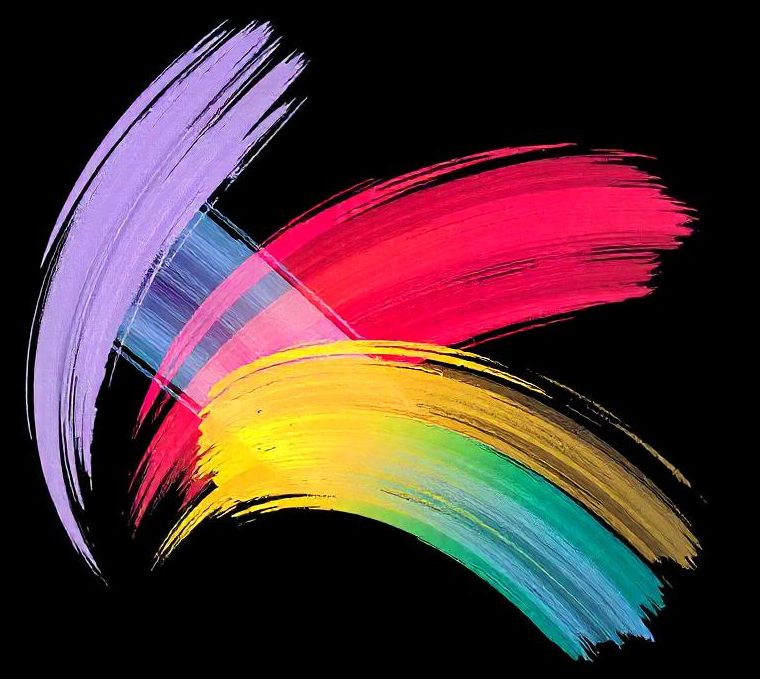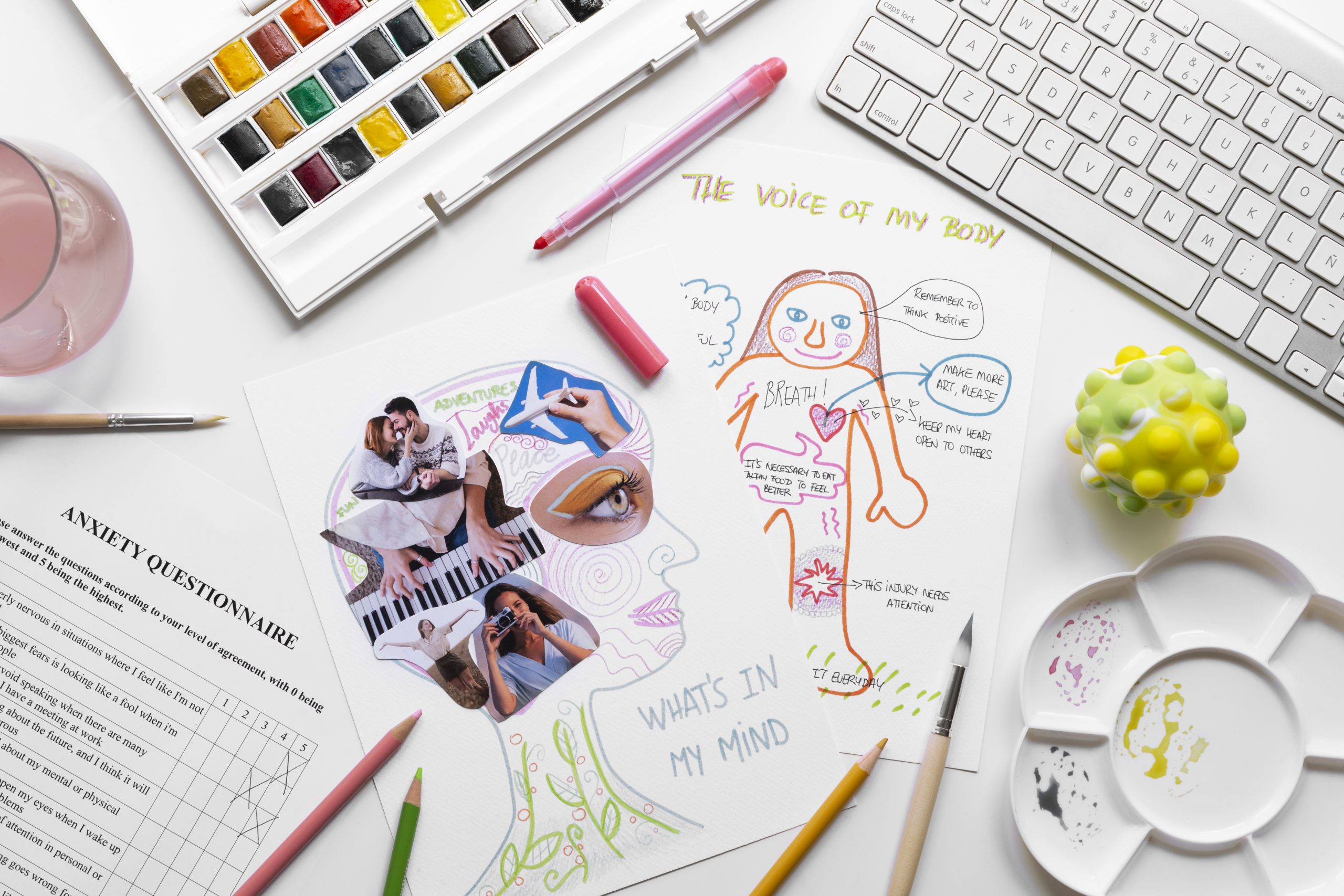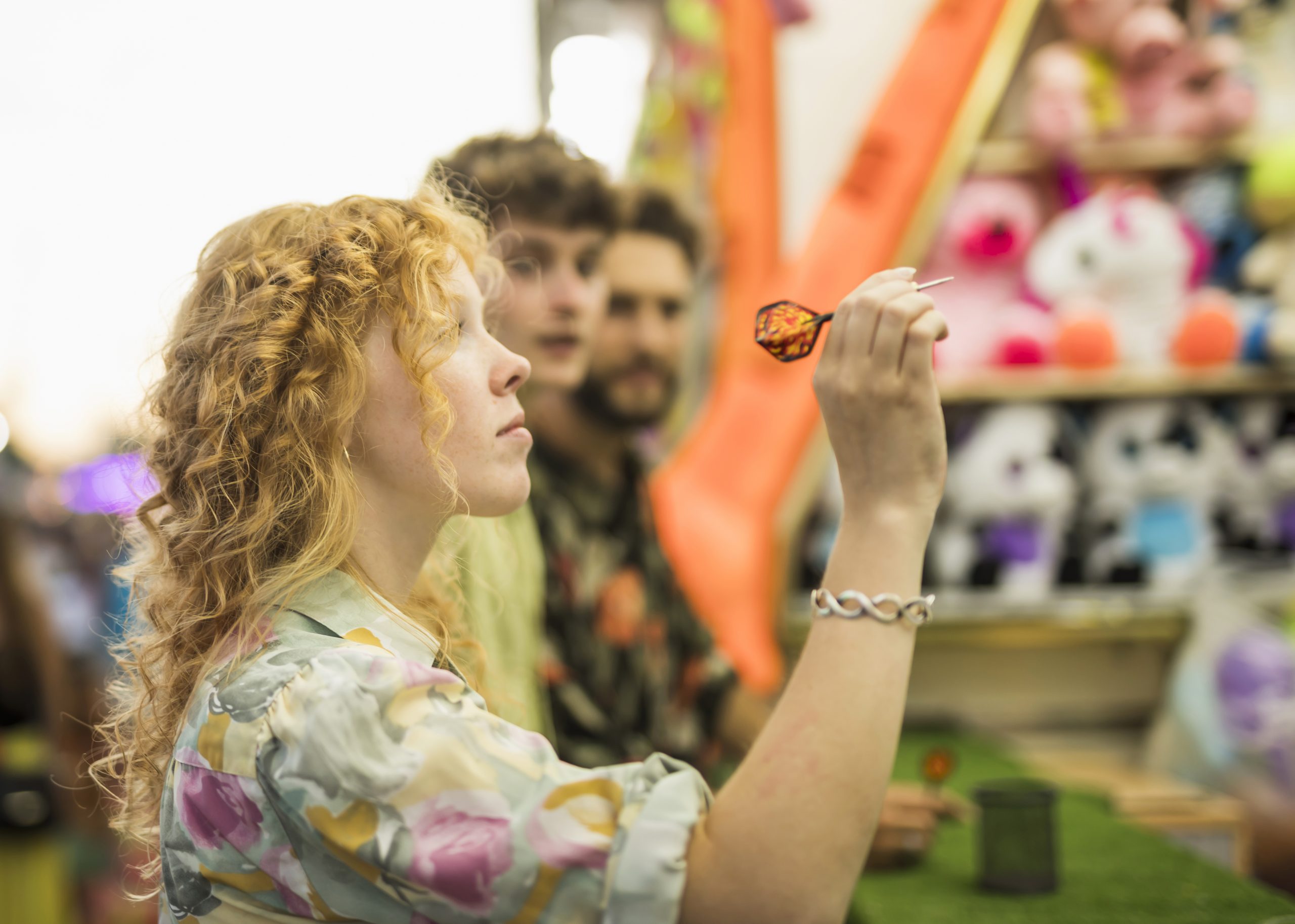Art has long been seen as a means of self-expression, but its therapeutic value goes beyond creativity and beauty. The connection between art and mental health is powerful, with numerous studies showing that engaging in creative activities can have profound effects on emotional well-being. In this article, we explore how art can aid in mental health healing, providing a therapeutic outlet for stress, anxiety, and depression.
The Healing Power of Art
Engaging in art-making, whether through painting, drawing, sculpture, or other creative outlets, can be a form of self-care that helps individuals process emotions, reduce stress, and improve overall mental health. For many, it serves as a non-verbal means of expressing complex feelings and experiences that may be difficult to articulate with words.
Art as an Emotional Outlet
One of the key benefits of art is its ability to provide an emotional release. The process of creating allows individuals to channel their inner turmoil, anxieties, and frustrations into a tangible form. This release of emotions through creativity can help ease mental tension and contribute to emotional healing.
Art and Mindfulness
Creating art can also be a meditative practice. The act of focusing on a piece of artwork requires attention and concentration, helping to ground individuals in the present moment. Mindfulness-based art practices can reduce the impact of stress and anxiety by fostering a sense of calm and presence.
Self-Expression and Identity
For those dealing with mental health struggles, art can become an essential tool for self-expression. Through art, individuals can explore their personal identities, uncover hidden emotions, and work through trauma. This self-exploration can lead to a better understanding of oneself and provide a sense of control and empowerment.
Art Therapy: A Proven Approach to Healing
Art therapy is a well-established therapeutic technique that combines creative expression with psychological support. Led by trained art therapists, these sessions help individuals process emotions and experiences through artistic expression. Art therapy is widely used for various mental health conditions, including anxiety, depression, PTSD, and grief.
How Art Therapy Works
Art therapy is based on the idea that creating art can be a safe and non-threatening way to access emotions that may be difficult to verbalize. During a therapy session, individuals are encouraged to create art while being guided by the therapist. The process itself becomes a medium for self-reflection and emotional exploration.
Through art therapy, individuals can:
- Address unresolved emotions and traumas.
- Improve communication skills and self-expression.
- Develop healthier coping mechanisms.
- Boost self-esteem and confidence.
Benefits of Art Therapy
- Reduced anxiety and depression: The act of creating art can help reduce the physical symptoms of stress and anxiety, leading to an overall improvement in mental health.
- Emotional release: Art allows individuals to express complex emotions that might otherwise be difficult to share.
- Personal growth: Working through personal issues creatively can lead to increased self-awareness and personal insight.
Art as a Stress-Reliever
The simple act of engaging in an art project—whether for 10 minutes or several hours—can significantly lower levels of stress hormones. Studies have shown that activities like drawing or painting can reduce the body’s production of cortisol, the hormone associated with stress. This is why art is often used in stress-reduction programs, especially for individuals experiencing burnout or emotional fatigue.
Creating Art for Relaxation
For many, creating art offers an escape from the pressures of daily life. The immersive nature of art allows people to disconnect from their stressors and immerse themselves in a process that brings peace and clarity. Whether it’s sketching in a journal, painting on canvas, or experimenting with digital art, taking the time to create can be deeply relaxing.
Conclusion: The Healing Journey Through Art
Art has the ability to transform pain into healing, stress into calm, and confusion into clarity. Whether through formal art therapy or simply engaging in creative expression on one’s own, art provides a safe space for emotional release, self-reflection, and personal growth. The next time you’re feeling overwhelmed or emotionally drained, consider picking up a brush, a pencil, or any artistic medium and let creativity guide you toward healing.


